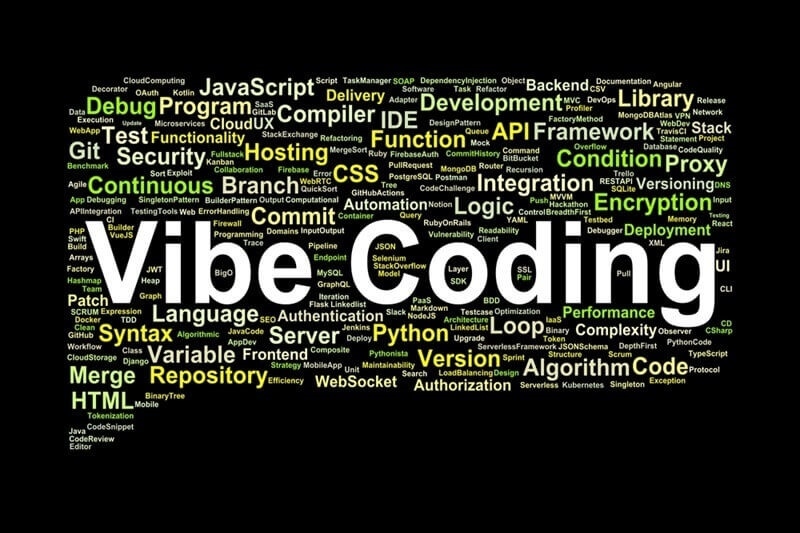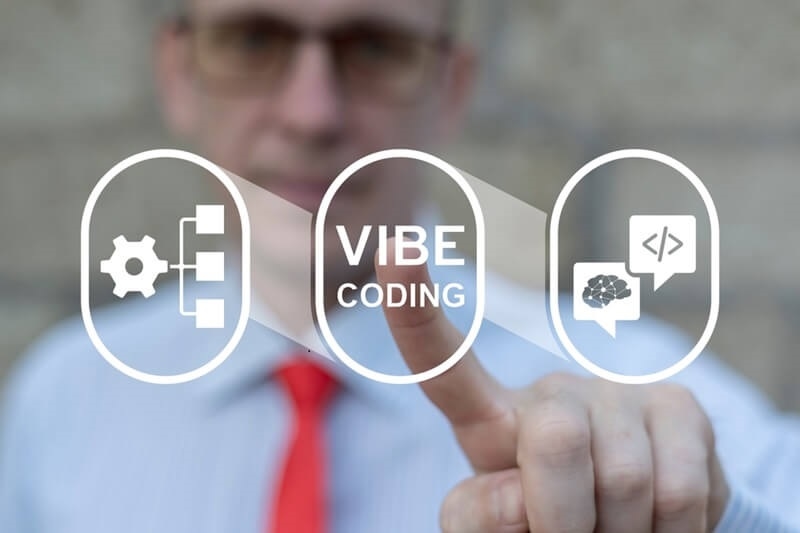
Coding has always carried this image of someone hunched over a laptop, drowning in lines of text, trying to make sense of a thousand brackets and semicolons. And for decades, that was the reality. You wrote syntax, ran the compiler, debugged, and prayed your app wouldn’t crash during a demo. But in 2025, the game is changing. A new wave of creative-first tools is blurring the line between design and development — and leading the charge is the vibe coding platform.
What is it? Think of it as coding without the intimidation. Less about hammering out lines of boilerplate and more about shaping experiences in a way that feels intuitive. Developers, designers, even people who never considered themselves “technical” are starting to pay attention. Why? Because vibe coding isn’t just another tool — it’s a shift in how we think about building software.
For years, code was power, but it wasn’t always accessible. If you didn’t know the right syntax, you were locked out. Visual tools tried to change that, but they often felt like toys, useful only for prototypes. Vibe coding takes a different approach. It doesn’t eliminate code — it reframes it. Instead of treating code as a wall of text, it becomes a canvas where structure, flow, and behavior are organized visually, then translated into working applications.
This means developers spend less time remembering syntax rules and more time solving problems. And let’s be honest: solving problems is why most people got into coding in the first place.
Big players aren’t ignoring this trend. In fact, talk of google vibe coding has popped up in tech circles, hinting that even the giants see potential here. If Google is sniffing around, it means the platform isn’t just niche — it’s something with teeth. Imagine vibe coding combined with Google’s AI stack. It could flatten the learning curve for beginners and supercharge productivity for pros. That’s a future worth paying attention to.

So, what sets it apart from low-code tools or design plugins? Simplicity. Fluidity. Speed. With vibe coding, you can drag, drop, connect, and tweak in real time, then peek under the hood to see the actual code. No more “black box” systems where you don’t know what’s happening behind the scenes.
And that’s key. Developers still want control. They want to know the code is solid. Vibe coding bridges that gap — friendly enough for a designer, precise enough for a coder.
Here’s the part that excites a lot of people: you don’t need to be a senior engineer to start. With a vibe coding guide, beginners can move from zero to building a functional app in days, not months. Instead of sweating syntax errors, they focus on logic and flow. Want a button to animate? Drag it, link it, preview it. Want a database connection? Pick from a library of pre-built integrations.
For seasoned developers, it’s not about replacing skills — it’s about speed. They can build MVPs faster, test ideas quicker, and spend more time on complex parts that truly need their attention.
On a Related Note: What Is Digital Strategy in 2025? Marketer's Guide
The best proof of any platform is what people build with it. And vibe coding apps are already popping up everywhere. Small businesses are crafting internal tools without waiting months for dev teams. Indie creators are shipping polished prototypes. Startups are shaving weeks off product timelines.
Sure, vibe coding won’t (yet) replace hardcore systems programming. You’re not going to rewrite an operating system with drag-and-drop boxes. But for the majority of modern apps — web tools, mobile services, interactive sites — it’s proving more than capable.
Ask any designer what frustrates them most, and you’ll hear the same thing: handoff. They create something in Figma, it looks gorgeous, and then… the build phase starts, and details get lost. Padding changes, animations vanish, typography shifts. It’s a headache.
Now imagine a world where tools like figma vibe coding exist. Where the design canvas doesn’t just export a mock-up but becomes living, breathing code. Where designers can literally see their work work without waiting for weeks of development. That’s the promise vibe coding is starting to deliver. And for cross-disciplinary teams, it’s a revelation.
Modern development isn’t a solo activity anymore. Teams are bigger, roles blur, deadlines tighten. Vibe coding’s visual-first approach means non-technical teammates can finally get involved in a meaningful way. Product managers can tweak flows, designers can fine-tune layouts, and developers can focus on the heavy lifting. No more “lost in translation” between departments.
It doesn’t mean everyone becomes a coder overnight. But it does mean teams communicate better, and the end result is stronger because of it.
Some coders roll their eyes at visual platforms. “It’s just for beginners,” they say. But history tells us otherwise. Remember when version control was optional? Or when automated testing was seen as overkill? These things are now industry standards. Vibe coding could be the next evolution — not a toy, but a tool that changes the speed and scope of software creation.
And in a world where speed to market can make or break a product, ignoring that shift could mean getting left behind.
Check Out: The Best Password Manager for Secure and Easy Online Access
The idea of vibe coding may sound gimmicky at first. But look closer, and it’s clear this isn’t a fad. It’s part of a broader movement toward making software creation more accessible, collaborative, and efficient.
For beginners, it lowers the barrier. For pros, it accelerates the grind. For designers, it erases the dreaded handoff. And for businesses, it shortens the road from idea to launch.
The vibe coding platform isn’t about replacing developers. It’s about redefining their toolkit — giving them new ways to think, create, and ship. And if history is any guide, we’ll look back in a few years and wonder how we ever worked without it.
This content was created by AI